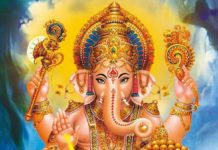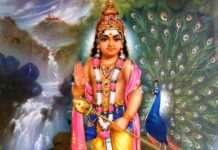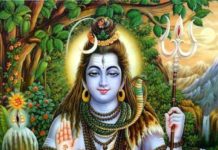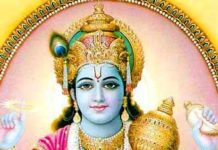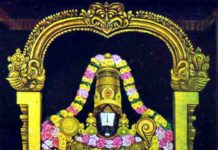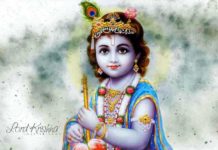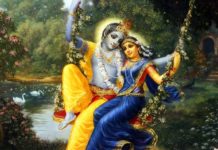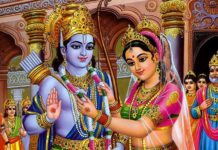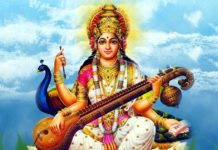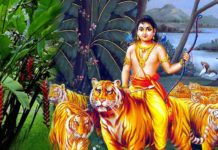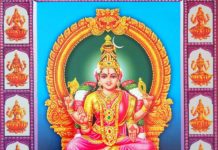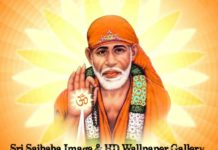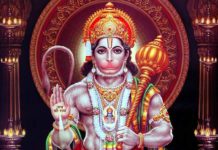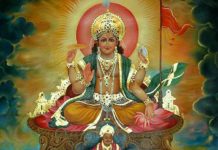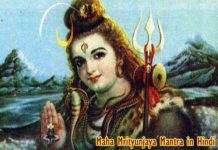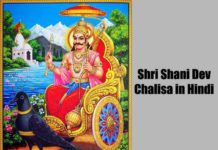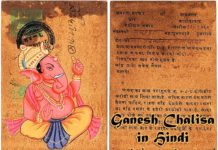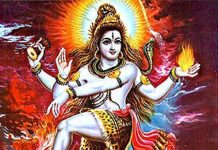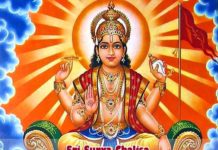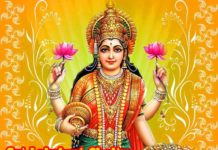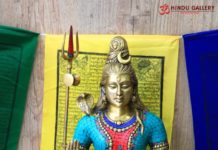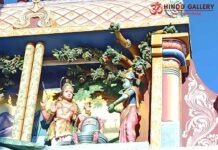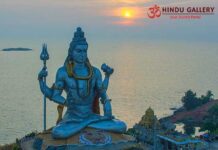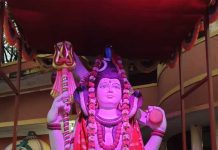Saphala Ekadashi is the eleventh day from the Pournami day (Krishna Paksha Ekadashi) which occurs on the Krishna Paksha Ekadashi Tithi of the Margashira month as per Amantha and the Pausha month as per Purnimantha Calendars.
The ensuing Saphala Ekadashi occurs on Sunday, 7th January 2024. The exact duration of the Ekadashi Tithi has to be ascertained from the respective regional calendars.
The word ‘Saphala’ means ‘’abundant benefits’’ Saphala Ekadashi is also known as Puasha Krishna Ekadashi.
Legend
As per Brahma Vavartha Purna, Bhagwan Krishna had narrated the importance and significance of this Vrat to the King Yudhishtra.
Lumpaka
Long back, a place named Champavati was ruled by the King Mahishmata. He was a great and noble King. He had four sons. The eldest was Lumpaka.
Lumpaka was a bad lot. He had indulged in many sinful activities. He was tyrannical to the devotees of Sri Vishnu. Gradually, due to his misdeeds, the King was losing the respect and wealth.
Punishment
So, the King expelled Lumpaka to the forest. None of the King’s relatives dared to support him.
Lumpaka was bewildered and felt bad. He had sinfully schemed to remain in the forest in day time and loot the city at night. He hunted the animals in the forest and was a thief in the city in the night.
Though the citizens spotted him, they did not report to the King out of fear. They thought that Lumpaka was doing all the sins due to the effect of karma of his previous births.
While in forest, Lumpaka used to stay under a banyan tree which was divine in nature. Of course, he was not aware of its divinity.
Transformation
The eve of Saphala Ekadashi, the previous day Dashami had arrived. That Dashami night, the cold was very severe. Lumpaka became sick. When Ekadashi time started during the next day, he found himself very weak.
He could not walk. He had severe hunger and thirst. As he could not move, he had to pick only the fruits which have fallen to the grounds for eating. Due to his immobility, he did not hunt any animal that day.
By the time of sunset, Lumpaka had lost his spirit. He was forlorn. He had kept the picked fruits at the bottom of the banyan tree. Crying and praying to Sri Vishnu, he asked for forgiveness for his sins. Offered the fruits as neivedyam. On the night of the Saphala Ekadashi also he was awake and kept crying for God’s mercy.
Without knowing himself, Lumpaka had observed Saphala Ekadashi Vrat. Sri Maha Vishnu was pleased with his prayers. On the dawn of Dwadashi, i.e., the next day, a horse had appeared beside Lumpaka.
Reward
A celestial voice told Lumpaka that he had observed the Saphala Ekadashi Vrat. Even if it was observed unknowingly, God had decided to give him the benefits. The voice urged him to mount the horse and reach the Kingdom.
Lumpaka arrived at the city adorned in the clothes of Vishnu-Bhakts. He was also sporting a tilak on his forehead. The King was pleased to see his changed and pious son.
Lumpaka was made the King of Champavati. He got married and was blessed with a son. At appropriate time, he had handed over the Kingdom to his son. Then he devoted himself fully to praying Bhagwan Maha Vishnu.
Rituals
The general rituals followed for Ekadashi Vrats are given below:
-The exact time of dawn of Ekadashi tithi is ascertained either from family elders / astrologers. It is mentioned in the Holy Almanac (Panchang) as well. Even daily Calendars provide the information.
-The idol or picture of Sri Vishnu is decorated with flowers. Incense sticks are lit. Diyas are lit with ghee. Pujas are done with tulsi leaves.
– The items such as Jambira fruit (goose berry), Pomegranate, Mangoes, Guava, Betal nuts and leaves, Coconut, Varieties of nuts and Cloves and other aromatic spices are offered in Puja subject to availability.
Slokas or stotras of Sri Maha Vishnu including Sri Vishnu Sahasra Nama are recited with devotion. Srimad Bhagavad Gitaa is also recited.
-Special Puja is done for Sri Lakshmi Devi as well.
-The Vrat Katha is read and recited.
-At the end of the puja, aarti is done. Prasad is distributed to the family members.
-Devotees of Bhagwan Maha Vishnu observe strict fasting from the dawn of Ekadashi.
-They do not sleep on the night of Ekadashi. At this time, tales of Sri Maha Vishnu are recited by the elders. Others listen to the stories.
-Various bhajans and kirtans are held.
-The fast shall continue till the sunrise of the next day, i.e., Dwadashi.
-Those devotees who cannot do fasting due to medical or other reasons can take sattvic food. Mostly prasadams and fruits are partaken.
-Making daan / donation to the needy on Ekadashi day is believed to please Sri Maha Vishnu.
-On Dwadashi day, unless it happens to be another Vrat day, a nutritious meal is partaken to balance the internal physical effects of fasting on the previous day. It is considered pious to forego eating of brinjal on Dwadashi day.
Benefits
-Observation of this Vrat offers salvation even to the ancestors.
-Fulfillment of the wishes
-Happiness and prosperity
-Alleviation of sins
-Salvation and moksha to reach Vaikunt.
It is believed that observing Saphala Ekadashi is greater than doing 100 Rajasuya Yagnas or 1000 Ashwameda Yagnas.
Importance should be given to the sincere prayers to Sri Maha Vishnu.
The synopsis of Kamada Ekadashi, Varuthini Ekadashi, Mohini Ekadashi, Apara Ekadashi, Nirjala Ekadashi, Yogini Ekadashi, Devshayani Ekadashi, Kamika Ekadashi, Sravana Putrata Ekadashi, Aja Ekadashi, Parivarthini Ekadsshi, Indra Ekadashi, Papankusha Ekadashi, Rama Ekadashi, Dev Uttanna Ekadashi, Uthpanna Ekadashi and Mokshada Ekadashi are narrated in the previous articles.






